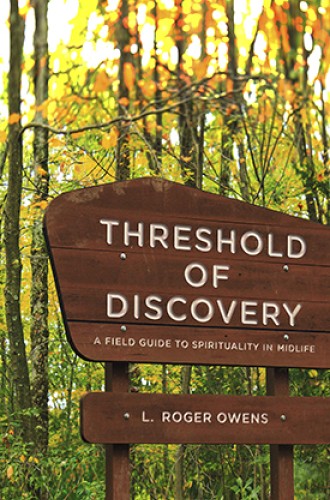For contemplative types, could it be that the language for turning 40 veers less toward “over the hill” and more toward “dark night of the soul”? Approaching that milestone birthday, L. Roger Owens used the latter phrase as he talked with his spiritual director about entering midlife. He was feeling spiritually unmoored. The words of faith and tenets of theology that had once lived and breathed for him now tasted flat. When Sister Anna asked him how he was experiencing God, and what his image for God was at this transitional time in his life, he had no response. He felt empty.
She suggested that he was at a “threshold of discovery,” and in these words Owens found something more hopeful than “over the hill” and “dark night of the soul.” With this new framework, Owens created a spiritual discipline. He decided to take 40 hikes to mark the year he turned 40 as a way to cross the midlife threshold while deliberately trying to discover what God might yet have in store for him.
I was expecting Owens to take hikes in a variety of exciting, far-flung places: Yosemite, Death Valley, the Everglades, maybe Manhattan. But the point of his spiritual discipline was not to find adventure far from home. It was meditation in place. Owens chose to go deep instead of broad. He resolved to walk each of his hikes in the 134-acre nature preserve that is just three miles from his home, northeast of Pittsburgh. He explains: “I suspected that staying close would be key to discovering a spirituality for midlife. I wouldn’t do it by going someplace new and bold, but by revisiting the familiar again and again, by staying in the backyard of my own life. After all, my life is the one thing I cannot escape.” Threshold of Discovery is about the everyday, familiar, hard work of living and growing older—including the difficult spiritual adjustments at hand.






